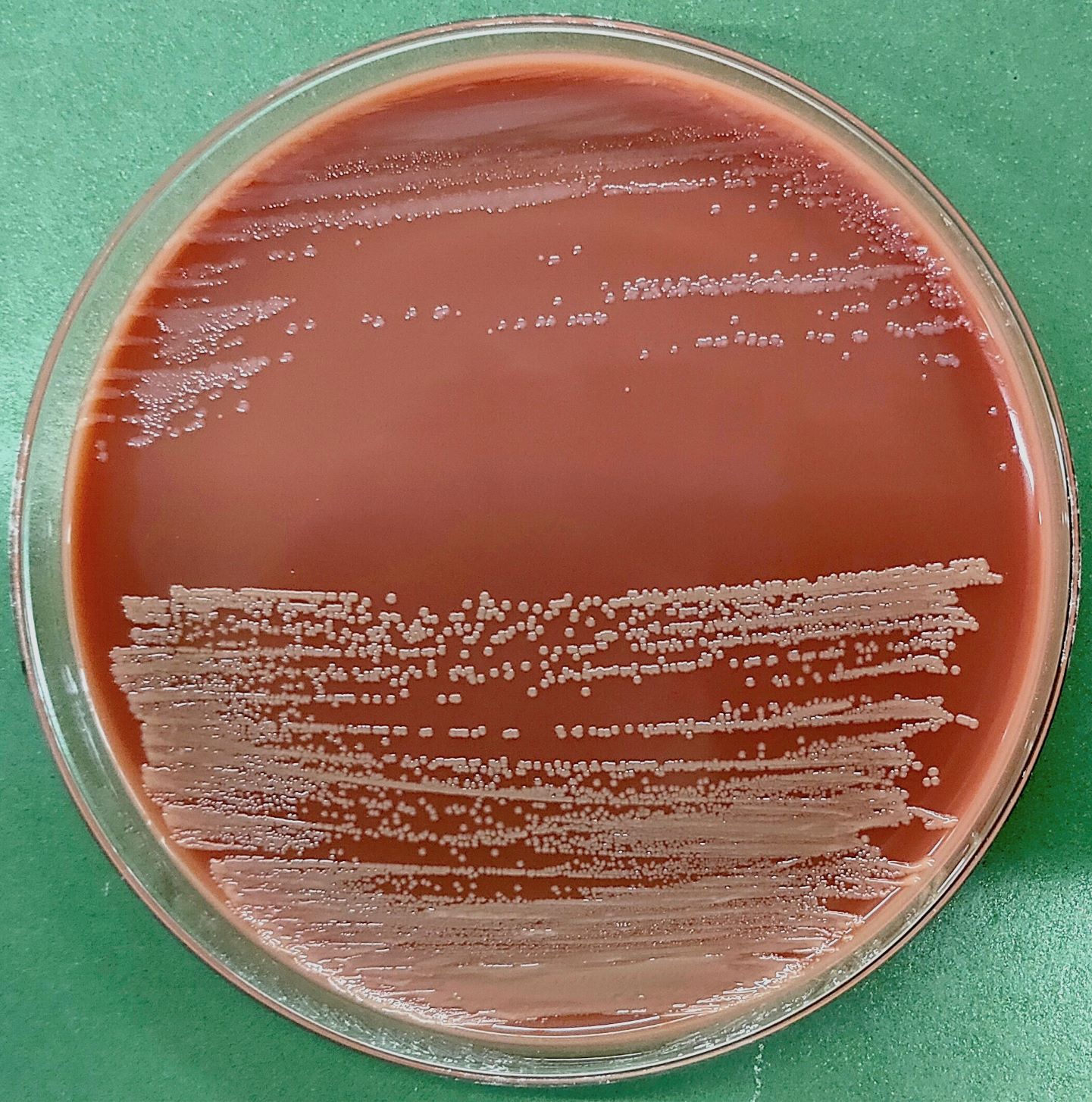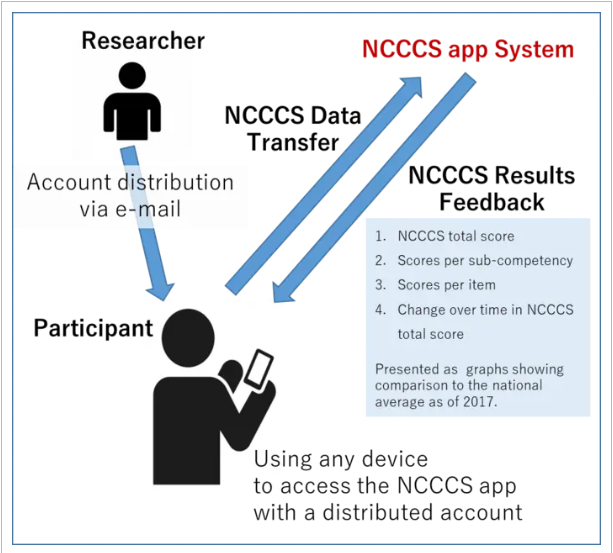November 11, 2021
Demonstration that origin of antimicrobial-resistant Neisseria gonorrhoeae is from an oral commensal bacterium


Key points of the presentation
Third-generation cephalosporins antibiotic-resistance in Neisseria gonorrhoeae is caused by its spontaneous transformation from Neisseria subflava. The new findings can contribute significantly to understanding the development of antimicrobial resistance in Neisseria gonorrhoeae and formulating future countermeasures.
Third-generation cephalosporins antibiotic-resistance in Neisseria gonorrhoeae is caused by its spontaneous transformation from Neisseria subflava. The new findings can contribute significantly to understanding the development of antimicrobial resistance in Neisseria gonorrhoeae and formulating future countermeasures.

Recently, due to the diversification of sexual behaviors, cases of gonococcal infections have been reported not only in the urethra and cervix, but also in non-genital organs such as the pharynx and conjunctiva. Neisseria gonorrhoeae is a well-known causative agent of sexually transmitted diseases. Gonococcal conjunctivitis is a serious disease that can lead to corneal perforation and blindness if treatment is delayed. Gonococcal infections other than those affecting the genitals, especially those caused by oral sex, are often asymptomatic; hence, gonococcal infections of the pharynx may go unnoticed and become problematic later. In 2013, the U.S. Centers for Disease Control and Prevention raised the hazard level of the drug-resistant strains of Neisseria gonorrhoeae to the most serious “urgent threats” level. In the following year, the WHO issued a warning that Neisseria gonorrhoeae had become resistant to third-generation cephalosporins antibiotics (ceftriaxone; Rocephin®), making it the most notable antibiotic-resistant strain in the world. Neisseria gonorrhoeae is classified as a member of the genus Neisseria, which is endemic to the oral cavity. When Neisseria gonorrhoeae infects the pharynx, certain gene regions are altered (mutated) due to the gene transfer from those strains of Neisseria gonorrhoeae that are commensal bacteria in the oral cavity. This can be attributed to a special property of Neisseria gonorrhoeae to receive genes known as its natural transformation ability. This change (mutation) is thought to be a factor in the development of resistance to ceftriaxone, the last trump card in the antibiotic treatment of gonococcal infections.



Recently, due to the diversification of sexual behaviors, cases of gonococcal infections have been reported not only in the urethra and cervix, but also in non-genital organs such as the pharynx and conjunctiva. Neisseria gonorrhoeae is a well-known causative agent of sexually transmitted diseases. Gonococcal conjunctivitis is a serious disease that can lead to corneal perforation and blindness if treatment is delayed. Gonococcal infections other than those affecting the genitals, especially those caused by oral sex, are often asymptomatic; hence, gonococcal infections of the pharynx may go unnoticed and become problematic later. In 2013, the U.S. Centers for Disease Control and Prevention raised the hazard level of the drug-resistant strains of Neisseria gonorrhoeae to the most serious “urgent threats” level. In the following year, the WHO issued a warning that Neisseria gonorrhoeae had become resistant to third-generation cephalosporins antibiotics (ceftriaxone; Rocephin®), making it the most notable antibiotic-resistant strain in the world. Neisseria gonorrhoeae is classified as a member of the genus Neisseria, which is endemic to the oral cavity. When Neisseria gonorrhoeae infects the pharynx, certain gene regions are altered (mutated) due to the gene transfer from those strains of Neisseria gonorrhoeae that are commensal bacteria in the oral cavity. This can be attributed to a special property of Neisseria gonorrhoeae to receive genes known as its natural transformation ability. This change (mutation) is thought to be a factor in the development of resistance to ceftriaxone, the last trump card in the antibiotic treatment of gonococcal infections.
Journal name: Journal of Antimicrobial Chemotherapy (November 8, 2021)
Title of paper: The emergence of the ceftriaxone-resistant Neisseria gonorrhoeae FC428 clone by transfer of resistance from an oral N. subflava reservoir of resistance.
Author(s): Izumo Kanesaka, Akira Ohno*, Akiko Kanayama Katsuse, Hiroshi Takahashi, Intetsu Kobayashi (*Responsible Author)
DOI No.: doi.org/10.1093/jac/dkab390
Title of paper: The emergence of the ceftriaxone-resistant Neisseria gonorrhoeae FC428 clone by transfer of resistance from an oral N. subflava reservoir of resistance.
Author(s): Izumo Kanesaka, Akira Ohno*, Akiko Kanayama Katsuse, Hiroshi Takahashi, Intetsu Kobayashi (*Responsible Author)
DOI No.: doi.org/10.1093/jac/dkab390
READ MORE RESEARCH NEWS - Nursing
ACADEMICS
Undergraduate Programs
– Medicine
– Pharmaceutical Sciences
– Science
– Nursing
– Health Science
Graduate Programs
–Medicine
–Pharmaceutical Sciences
–Science
–Nursing
Undergraduate Programs
– Medicine
– Pharmaceutical Sciences
– Science
– Nursing
– Health Science
Graduate Programs
–Medicine
–Pharmaceutical Sciences
–Science
–Nursing
RESEARCH
– News
– Guidelines & Policies
– Support Offices
– Facilities
– Security Export Control
Non-Degree Programs
– Clinical Elective Program
– International Physician Observership Program


